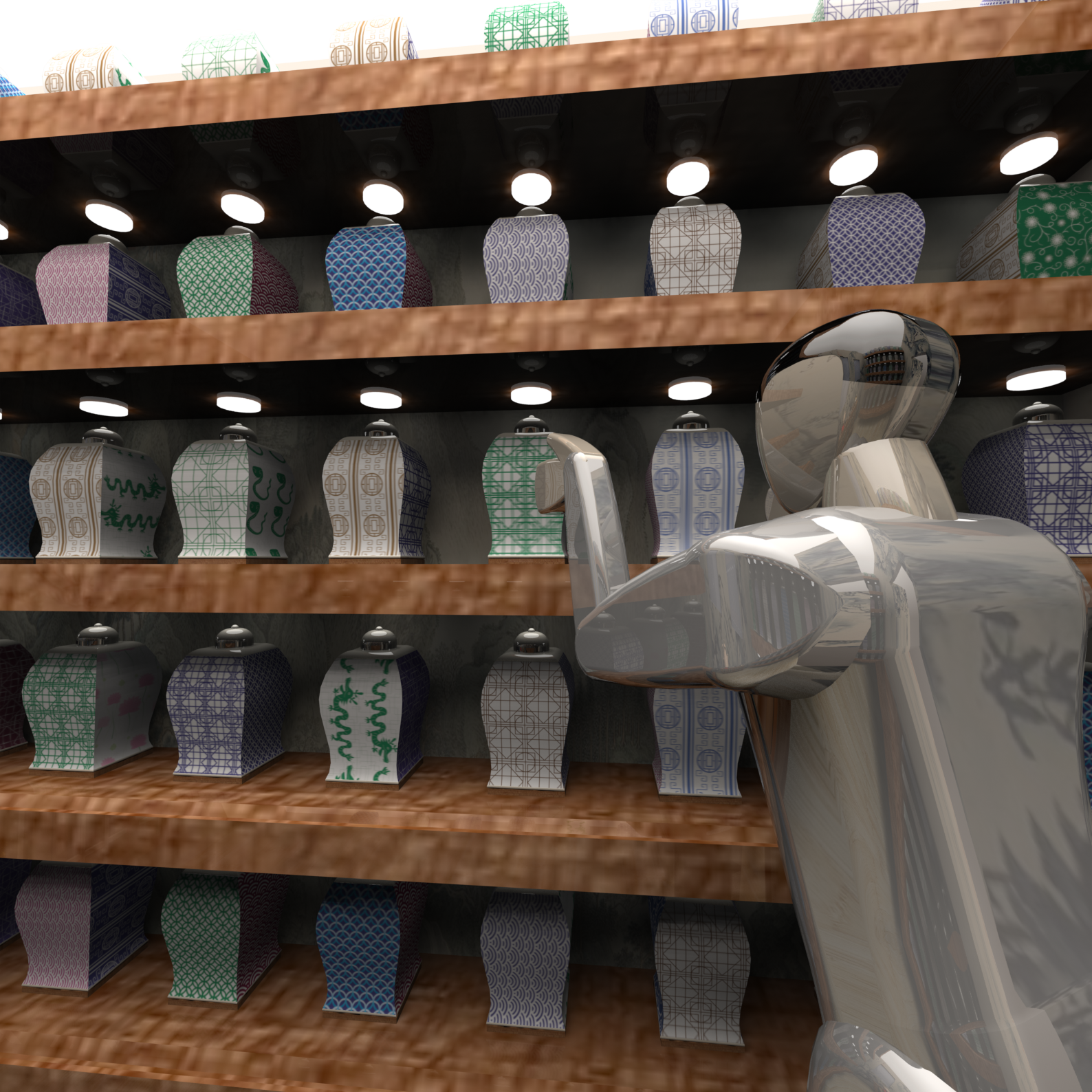Jars
by Rushil Batra
External Design
The primary components of our gameplay are the jars which are mounted atop shelves located on the longer walls of the room. To enhance the user experience and make it more immersive, they should look aesthetically pleasing, so we designed the jars with a consistent design methodology borrowed from the real fine bone china jars available in the ancient times. At the same time, they should be able to withstand rough usage from participants.
The hard design requirement was to have an internal mechanism that would let these jars turn in discrete steps of 90 degrees each. It was also required to have an internal wiring and switching mechanism to realize this.
Some of the designs that can be used in the room are displayed below.
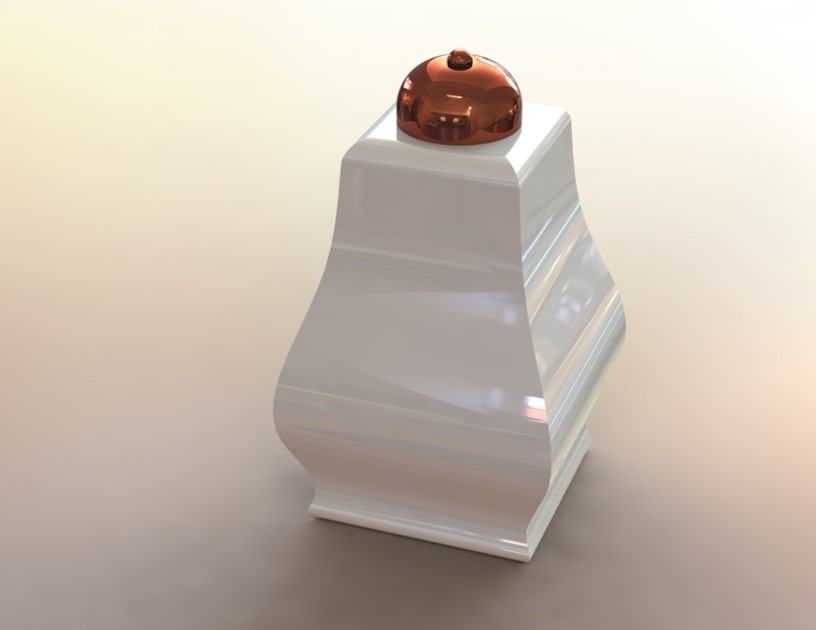
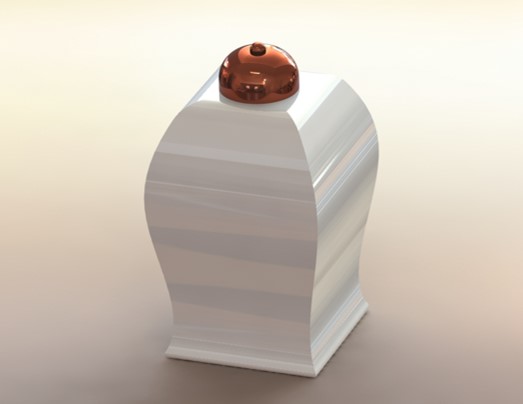
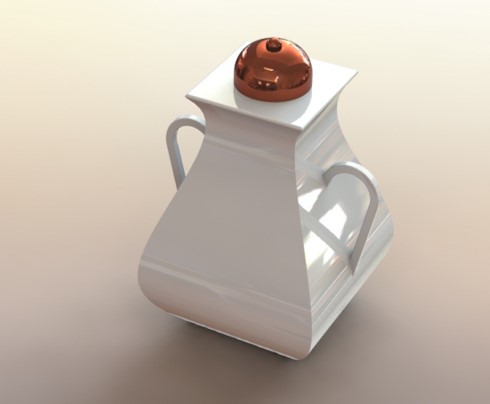
We decided to not go forward with the design with handles because the participants might try to cling on to the handles itself in turn damaging them or falling from the shelves. But, they can still be used in case the jars are made from a tough material that can withstand high loads.
Rotary Switching & Turning Mechanism
Ratchet & Pawl: We tried to design a jar with internals controlled by ratchet and pawl. Given the unidirectional nature of the mechanism, there were concerns regarding the irreversibility of the motion of the jar. So, we decided to experiment with different designs.
Spring-loaded Ball: This mechanism has been tried in two different orientations to achieve the desired discrete rotation of the jar around the base of the mechanism. The basic principle behind working of this mechanism is that the balls will ‘click’ and basically rest in discrete spots on either the shaft or the base. The mechanism has been explained for specific orientations below. The designed mechanism would be able to provide the requisite feedback to let the users rotate the jar for discrete angular positions.
Orientation 1: In this case the spring-loaded balls are located on the inside of the jar such that they would grip the base shaft in the radial direction. So, the base of the jar would be fixed and the balls would rotate around the shaft (on its surface) to ‘click’ and rest in discrete spots. However, we discovered that it’d be difficult to wire and make switches for detecting the rotation for this mechanism.

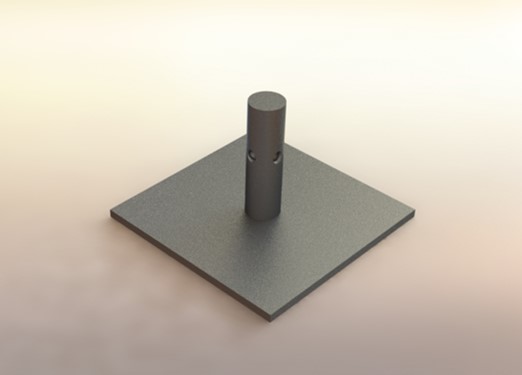
Orientation 2: This is the selected orientation for the mechanism design. In this case, the spring-loaded balls are located at the bottom surface of the jar. The dimples with contact points were located in the base itself. So, the base of the jar would be fixed and the balls would rotate around the shaft (on its surface) to ‘click’ and rest in discrete spots (dimples) located in the base.

The jars would lock into discrete orientations using the internal mechanism as shown in the short GIF below. The various designs for the 4 distinct sides is in this section.

There would be a small spotlight above the jars to help the players identify the jars that need to be turned to complete a level.
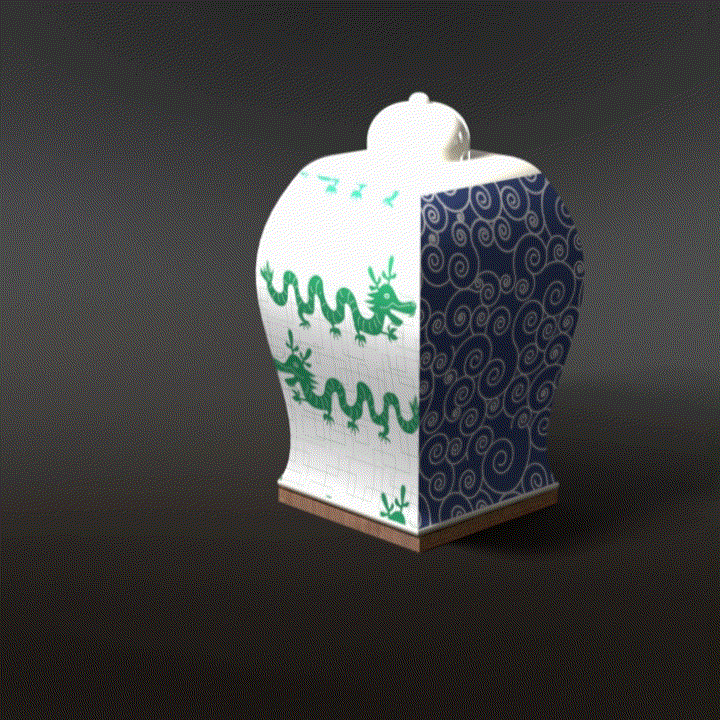
Rotary Switch: It can be defined as a simple switch that has a contact arm or spoke attached to the spindle for completing the circuit at different terminals around the spindle. In this case, we would need a single pole with 4 throws to detect different orientations of the jar.
The selected orientation of the spring-loaded ball mechanism (orientation 2) eases the wiring for the switches and leads to overall less components in the assembly. The circuit is completed when the ball comes in contact with any of the contact points located on the base. So, whenever the jar is turned by 90 degrees, a different throw on the switch is activated. Given below is a preliminary circuit diagram for the functioning of the switching in the jar. The detailed circuit diagram for the final design can be found here.

The jars would be assembled on the shelves in rows as shown below. The detailed gameplay is given this section.
